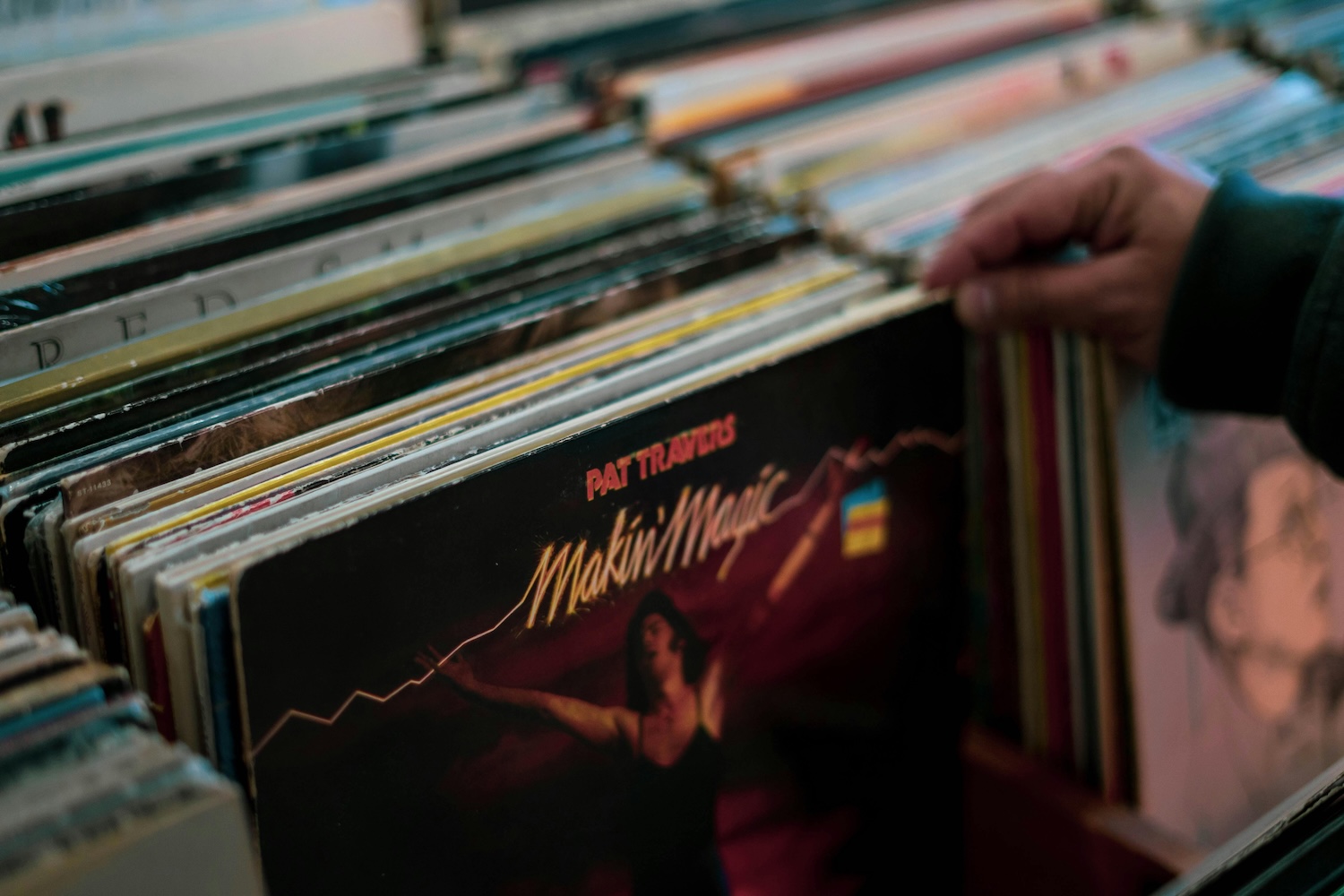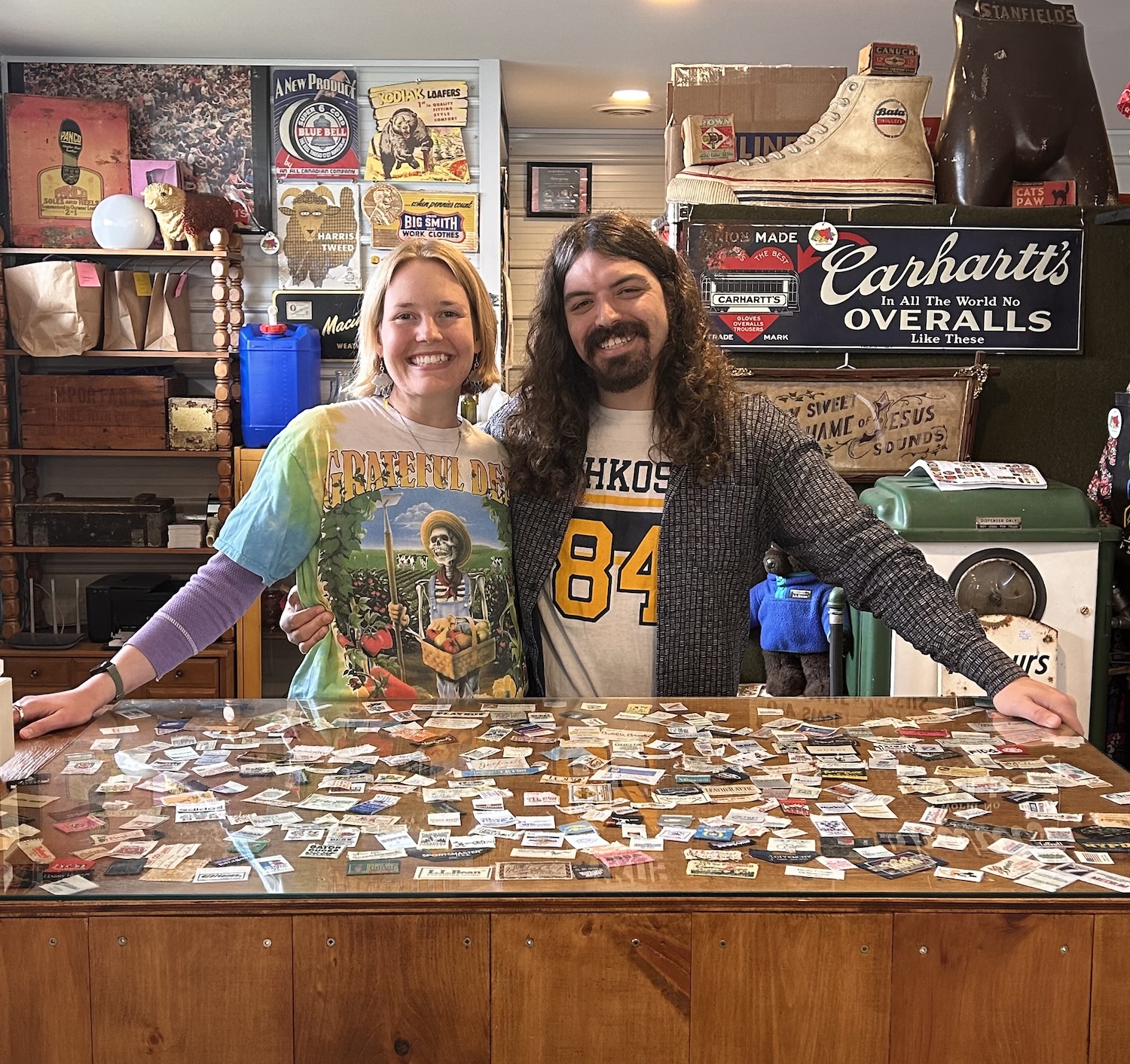
Preserving history: How to repurpose vintage jewellery for the modern wearer
Estate or antique jewellery is often gorgeous as-is — but if you own a piece you’re not totally in love with, what should you do? Here’s what you need to know about restoring or repurposing these precious gems
Any collector understands the magic of finding a well-made piece of vintage jewellery. But while a classic Art Deco necklace will never go out of style, it’s the unfortunate truth that other vintage and antique pieces might not be wearable in their current states.
This could be any number of reasons: Damage, poor fit, impractical for everyday wear, or simply not a match for your personal style.
The good news? These pieces don’t have to be doomed to the sell or donate pile. Indeed, most vintage and antique jewellery can be repaired, refurbished, or redesigned into something that honours the spirit and history of the original piece while bringing joy to the modern wearer.
Here’s how you can turn a less-than-exciting vintage find into something you actually want to wear.
The value of repurposing
It might be easier to sell or donate an unworn vintage necklace or antique ring, but we always recommend repurposing as a first option. Why? Simply put, restoring or repurposing keeps the value of the piece intact.
Think about it: The work that went into a vintage item was already paid for when it was originally made, when materials like gold, platinum and precious gems were much cheaper than they are today.
Plus, many older pieces (especially those made pre-1950s) were made by hand, often by jewellers who would spend weeks crafting a piece to perfection. That level of craftsmanship is hard to find today — and if you do, it’s sure to be extremely expensive.
There’s also the matter of preserving history. Selling an antique to a jeweller could result in the piece being melted down for the value of the metals and jewels. The distinct history of that piece — the craftsmanship and the decades of wear it saw — would be destroyed forever.
The ins & outs of jewellery repurposing
There are several different ways to repurpose vintage and antique jewellery. While the best option for you will depend on the quality of the piece and your personal style, the most common options are:
Combination: Taking specific elements from different pieces (e.g., a coloured gemstone from a pendant, diamonds from an earring) and using them to create something new. This is an especially popular option for creating engagement rings or right-hand rings, if you have heirloom diamonds from family members.
Conversion: A vintage brooch might not get much wear from you these days, but you can still honour the original design by converting it into a different wearable form. Think turning an antique stickpin into a ring, a brooch into a dramatic pendant, etc.
Alteration: Sometimes, a small change is all you need! Changing ring sizes or chain length, altering prongs or setting styles, or adding a contemporary element can make a vintage piece instantly wearable.

Finding the right jeweller
When it comes to repurposing heirloom jewellery, it is critical to work with a seasoned professional. Not every jeweller has the expertise to work on a delicate antique; you’ll want to do plenty of research to find someone with the right knowledge and experience. When researching jewellers, be sure to ask about:
Continued below
Find vintage and antique shops near you
Browse our directory
Continued from above
Specialization in antique jewellery: Ensure the jeweller has experience working with antique pieces and the unique materials and techniques involved.
Historical knowledge: A jeweller who is familiar with various jewellery periods can better appreciate the piece's original design and complement it.
Transparency about materials and techniques: Ask about the materials and techniques they will employ to ensure the piece's integrity.
Communication & collaboration: A good jeweller has a clear vision, can communicate it well, incorporates client feedback and preferences, and understands how to create something beautiful AND wearable.
Insurance: Any jeweller worth his or her salt will have insurance coverage that will protect your piece in case of loss or damage during the restoration process.

What to expect during the redesign process
The process of refurbishing or redesigning a vintage piece will largely depend on the intended final product.
Combining a vintage brooch and a bracelet into a necklace, for instance, will be more intensive than resizing a ring or replacing a few gemstones.
In general, though, you can expect the process to include:
Examination: The jeweller or gemologist should examine the piece thoroughly and take note of the materials, gemstone grades and any damage or previous repair work done. You might ask for a report detailing their findings.
Ideation & design: Collaboration is key during the design phase! The right design will consider your personal style preferences, lifestyle and activity level, and budget. Don’t be afraid to give feedback and ask questions of your jeweller during this stage.
CAD and Casting: Depending on how the piece is being refurbished, your jeweller might provide you with a computer-aided design (CAD) rendering of your newly designed piece to approve before it goes to casting and setting.
Throughout the process, you should expect regular communication from your selected professional.

Factors that impact repurposing
While most antique and vintage jewellery can be refurbished, certain factors can impact what work can (or can’t) be done.
Many older pieces may have already been repaired in decades past — and unfortunately, repairs aren’t always done well. Older platinum jewellery, for instance, would sometimes be repaired with white gold; undoing that damage can add to the complexity of the job.
The condition of any gemstones and settings should also be considered. If jewellery was not properly cared for during its lifetime, you might find stones that are chipped, cracked or worn.
Depending on the size of the stone and the extent of the damage, these gems can sometimes be re-cut. Others might have to be replaced entirely, adding to the cost of the redesign. The same is true of prongs, clasps and ring shanks.
Repurposing vintage and antique jewellery might be a time-intensive process — but along with being a sustainable choice, it’s also a meaningful way to connect with the past.
With a bit of creativity and the right techniques, you can use your vintage gems to create a truly one-of-a-kind piece that reflects your individual style and preserves a piece of history.
_____
Sindur Shah McRedmond, G.G is the owner of Sindur Fine & Antique Jewelry in Cincinnati, Ohio. With a focus on genuinely “one-of-a-kind” pieces, Sindur specializes in the design and creation of custom jewellery, as well as the procurement of antique and vintage pieces.
Thank you for valuing our work!
Support our work to see this page.
You’ve got a good eye, but this gem is only available for members. Register for a plan or upgrade your current one to peek behind this vintage curtain, or log in below.















